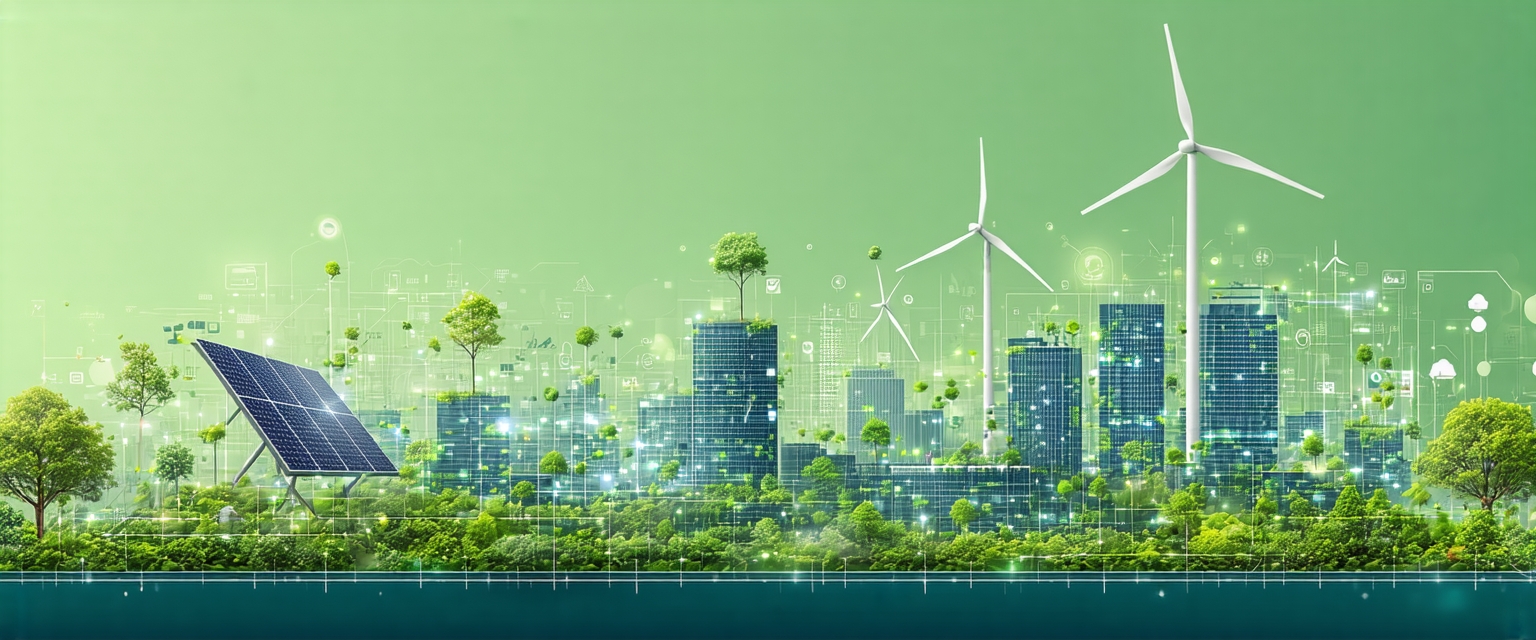






The global push towards green technology is no longer a nascent movement; it’s a critical response to the escalating climate crisis and resource depletion. Driven by growing environmental awareness, stringent regulations, and technological advancements, the green tech sector is experiencing a period of rapid transformation, presenting both immense opportunities and considerable hurdles.
Decades of reliance on fossil fuels have resulted in significant environmental damage, including rising global temperatures, ocean acidification, and biodiversity loss. The urgency to mitigate these impacts has spurred governments, businesses, and individuals to explore and adopt cleaner alternatives.
International agreements, such as the Paris Agreement, have set ambitious targets for reducing greenhouse gas emissions, further fueling the demand for green technologies. The increasing scarcity of certain resources and the rising costs of fossil fuels also play a significant role.
Recent years have witnessed remarkable progress in various green tech sectors. Solar and wind energy have become increasingly cost-competitive with traditional energy sources, leading to a surge in renewable energy installations globally.
Developments in battery technology are improving the efficiency and affordability of electric vehicles and energy storage solutions. Furthermore, advancements in smart grids and energy management systems are optimizing energy distribution and consumption.
The International Energy Agency (IEA) projects a significant increase in renewable energy capacity in the coming decades. “The global transition to clean energy is accelerating,” states Fatih Birol, the IEA’s Executive Director.
A report by Bloomberg New Energy Finance indicates that green tech investments are surging, with substantial funding flowing into renewable energy, electric vehicles, and energy storage technologies. This signifies growing confidence in the long-term viability of the sector.
While the outlook for green technology is largely positive, challenges remain. The scalability of some technologies, such as large-scale energy storage, needs further improvement.
Furthermore, the transition requires significant investment in infrastructure and workforce development. However, the opportunities are considerable, encompassing new job creation, economic growth, and a cleaner, healthier environment.
The future of green technology hinges on continued innovation, policy support, and collaborative efforts across sectors. Focusing on sustainable materials, circular economy principles, and equitable access to green technologies will be crucial for long-term success.
“`